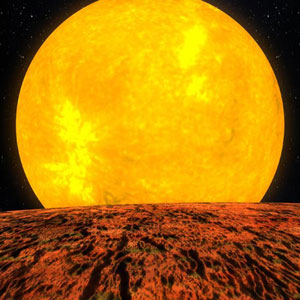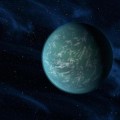Hundreds of new planets have been discovered over the past few years orbiting other stars, but none has resulted in the same excitement as Kepler-10b. Previously, the technology allowed for the discovery of massive gas giants larger than Jupiter, circling similarly large stars. The latest discovery, 560 light years away, is a rocky planet just 1.4 times the size of Earth, orbiting a star about the size of our sun. However, it is twice as old as the sun.
It is a huge step forward in finding an Earth-like planet. For the first time, scientists have definitive proof of what they have speculated on for years: planets like ours do exist out there in space.
This does not mean that there is life on the planet, though. Based on their measurements, the scientists concluded that the planet is closer to its sun than Mercury is in our own solar system. This means that Kepler-10b is bombarded by radiation, the planet has no atmosphere, and the average temperature is 2500º—hot enough to melt iron. On one hand, it is possible, thought not proved, that the planet was once more distant from its sun and therefore cooler. Then again, it may have also been where it is now since it first formed.
Regardless, having found the “missing link,” or a rocky, Earth-sized planet, scientists at NASA Ames now know that they could actually find another habitable planets. It is just a matter of when.
Read More at Discovery.



